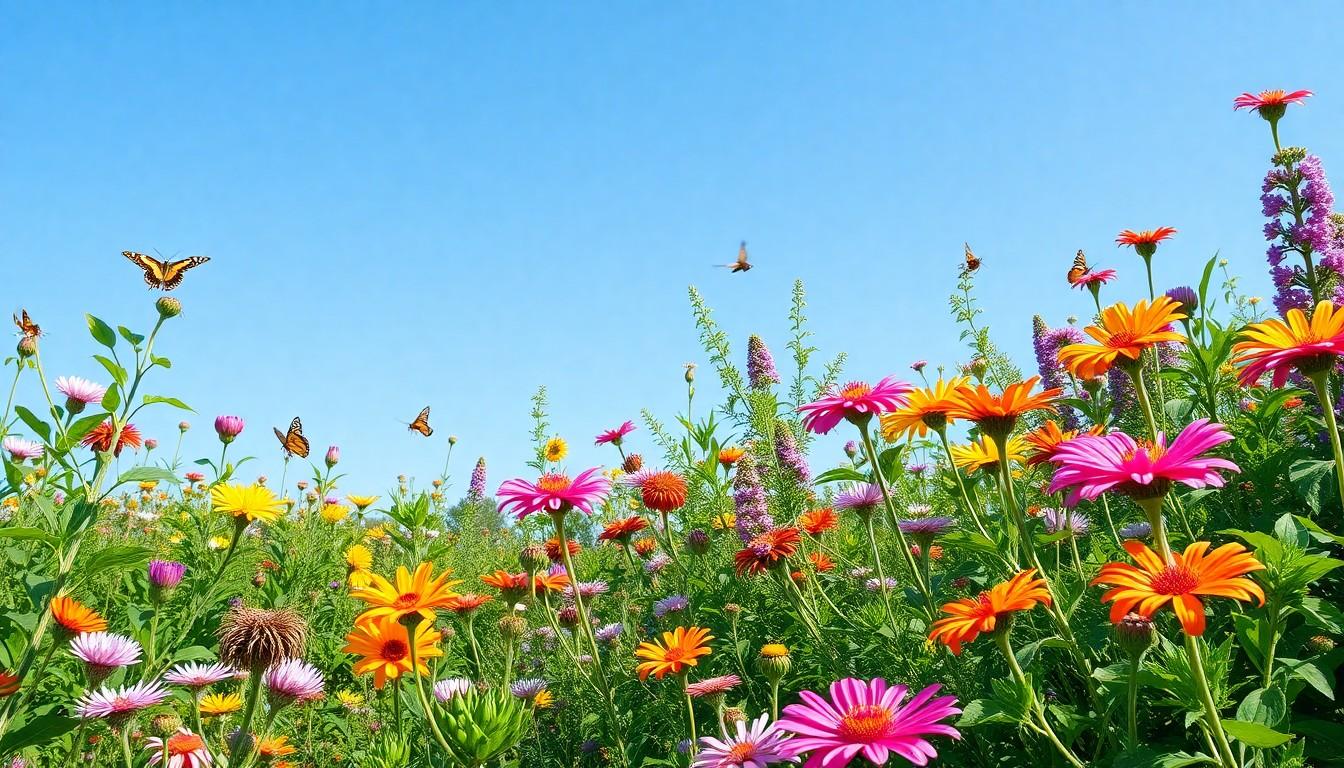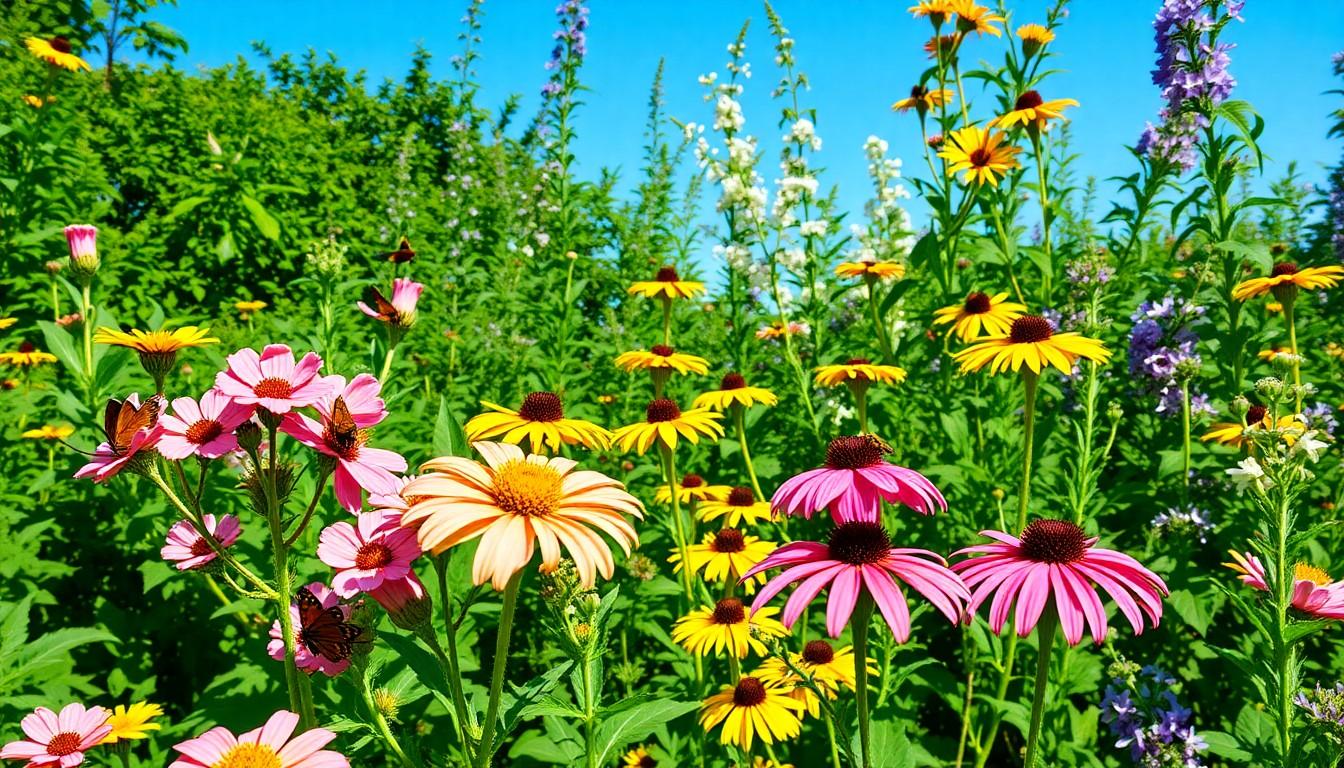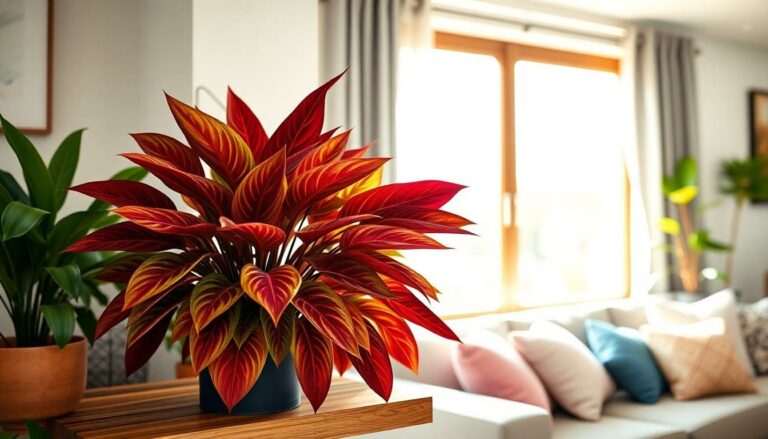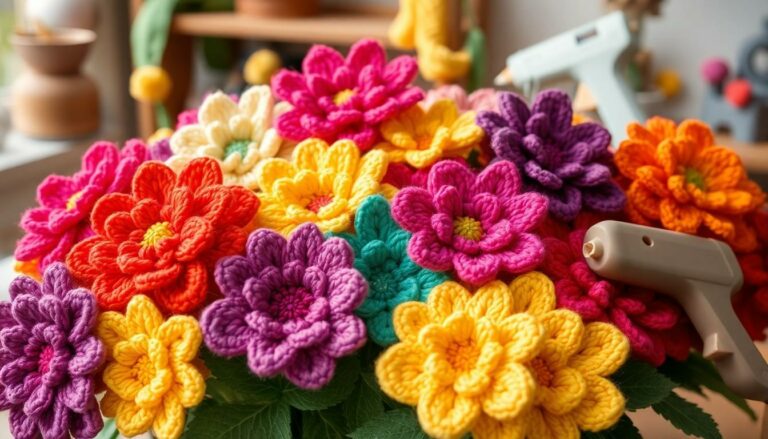New Jersey is more than just the Garden State; it’s a treasure trove of native plants waiting to be discovered. These green wonders not only add beauty to any landscape but also play a vital role in supporting local ecosystems. Imagine transforming your garden into a vibrant haven for butterflies and bees while reducing maintenance and water usage. Sounds like a win-win, right?
Overview of Native Plants in NJ
New Jersey hosts a diverse array of native plants, which play a vital role in local ecosystems. These plants contribute to biodiversity by providing habitats for various wildlife species. Pollinators depend on native flora for nourishment, making these plants essential for a balanced ecosystem.
Native plants like the Eastern Redbud and Black-Eyed Susan thrive in New Jersey’s climate. Eastern Redbud, with its striking pink blooms, attracts bees and butterflies during spring. Black-Eyed Susan adds vibrant color to gardens and offers nectar for insects.
Incorporating native plants reduces water consumption significantly. Many local species are adapted to the region’s soil and climate conditions, requiring less irrigation compared to non-native varieties. This adaptability also results in lower maintenance efforts, leading to more sustainable gardening practices.
Noteworthy examples of native plants include New Jersey Tea and Wild Blueberry. New Jersey Tea, a shrub, not only produces fragrant white flowers but also provides food for birds. Wild Blueberry, on the other hand, supports both pollinators and human harvesters with its nutritious berries.
Landowners and gardeners can enhance local biodiversity by planting native species. These plants also help prevent soil erosion, stabilize landscapes, and reduce the need for chemical fertilizers and pesticides.
Emphasizing the importance of native plants fosters ecological stewardship. Preserving New Jersey’s native flora benefits not just local wildlife but also communities seeking sustainable landscaping solutions.
Benefits of Native Plants

Native plants offer numerous advantages for local ecosystems and human communities. These species contribute significantly to the environment and provide economic benefits.
Environmental Impact
Native plants play a crucial role in enhancing local biodiversity. They provide essential habitats for wildlife, including birds and pollinators, such as butterflies and bees. By using native plants, gardeners can promote healthier ecosystems, which help in controlling pests naturally. These species are better adapted to local climate conditions, leading to reduced irrigation needs. Additionally, native plants help prevent soil erosion through their deep root systems. By fostering natural environments, these plants also support carbon sequestration, aiding in climate change mitigation.
Economic Advantages
Incorporating native plants can lead to cost savings for homeowners and municipalities. Maintenance costs decrease significantly since native plants require less water and fewer chemicals. These species thrive with minimal intervention, reducing landscaping expenses. Community education programs promote native landscaping, increasing property values. Furthermore, native plants can attract eco-tourism, drawing visitors interested in local flora and fauna. Utilizing native species also supports local nurseries, boosting the regional economy. These economic benefits highlight the value of choosing native plants in gardens and landscapes.
Popular Native Plants in NJ
New Jersey boasts a variety of native plants that thrive in the region, supporting local ecosystems and enhancing landscapes. Many of these plants attract pollinators and require minimal maintenance.
Flowering Plants
Eastern Redbud stands out with its beautiful pink flowers, drawing in bees and butterflies each spring. Black-Eyed Susan features bright yellow petals, providing nectar for various pollinators throughout summer. Wild Bergamot adds a splash of purple to gardens and serves as a favorite for hummingbirds and bees alike. New Jersey Tea, with its small white flowers, offers both beauty and utility, being a favorite among local butterfly species. Overall, these flowering plants create vibrant environments while supporting biodiversity.
Shrubs and Trees
Common Witchhazel thrives in the state’s woodlands, showcasing yellow blooms in late winter that attract early pollinators. Mountain Laurel, with its clusters of pink flowers, provides shelter for many birds and insects, making it an essential part of local ecosystems. Serviceberry bears sweet berries that feed birds and humans, adding significant ecological and aesthetic value. Additionally, Red Maple serves as a keystone species in New Jersey forests, offering shelter and food for wildlife. These shrubs and trees contribute to a well-balanced ecosystem, fostering wildlife habitats in residential and natural areas.
How to Incorporate Native Plants in Your Garden
Incorporating native plants into a garden enriches the landscape and supports local ecosystems. Following some straightforward tips can help achieve a thriving native garden.
Planting Tips
Choose the right native plants for specific garden conditions. Assess sunlight, soil type, and moisture levels before selecting plants. Group similar plants together to create a natural ecosystem. Spacing is vital for air circulation, so consider the mature size of each plant. Plant Native species in the spring or fall for the best establishment. Mulching around newly planted natives retains moisture and suppresses weeds. When planting, dig a hole twice the width of the root ball, ensuring adequate root development. Water thoroughly right after planting to help roots settle in.
Maintenance Requirements
Maintain native plants with minimal effort due to their adaptability. Regular monitoring for pests or diseases aids in early detection and treatment. Watering is generally only necessary during periods of extended drought. Pruning spent blooms and removing dead foliage promotes healthy growth. Fertilizing usually isn’t required due to the natural nutrient availability in native plants’ environments. Instead, embrace natural composting techniques to enrich the soil over time. As seasons change, native plants often require less attention, making them suitable for sustainable gardening.
Resources for Native Plants in NJ
Native plants in New Jersey enjoy strong support from various resources, offering gardeners ample options for sourcing materials and information.
Local Nurseries and Suppliers
Numerous local nurseries specialize in native plants, providing a variety of options for gardeners. For instance, Rutgers Gardens features an extensive selection of native species tailored for different landscapes. Additionally, the Native Plant Society of New Jersey lists suppliers dedicated to promoting local flora. Garden centers across the state often carry native plants, allowing customers to shop in person and find expert advice. Local farmers’ markets sometimes include vendors selling native plants, creating opportunities for shoppers to learn about their use in gardens. Collaborating with these local sources encourages sustainable practices and boosts the local economy.
Online Resources and Guides
Online resources abound for those interested in native plants. The Native Plant Society of New Jersey offers comprehensive guides that illustrate plant species and provide cultivation tips. Websites like NJ.gov provide details on regional flora, conservation efforts, and restoration projects. Blogs dedicated to native gardening also share successful planting techniques and landscape designs. Moreover, online forums create communities where gardeners exchange experiences related to native plant cultivation. Utilizing these digital platforms enables gardeners to access valuable information conveniently, enhancing the understanding and appreciation of native plants in New Jersey.
Conclusion
Embracing native plants in New Jersey offers numerous benefits that extend beyond aesthetics. These plants not only enhance local biodiversity but also provide essential habitats for wildlife. By choosing native species, gardeners can create vibrant landscapes that attract pollinators while minimizing maintenance and water usage.
Incorporating native plants into gardens supports sustainable practices and helps mitigate climate change. As communities grow more aware of the ecological advantages, the movement toward native landscaping will likely gain momentum. With resources readily available, it’s easier than ever for gardeners to make informed choices that benefit both their properties and the environment. By investing in native plants, New Jersey residents can contribute to a healthier ecosystem and a brighter future for local wildlife.




